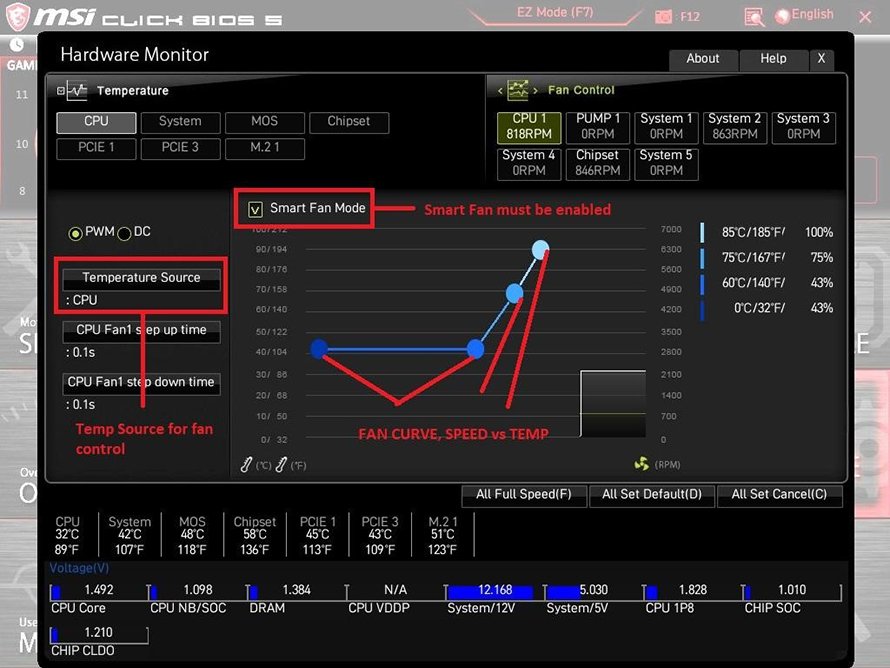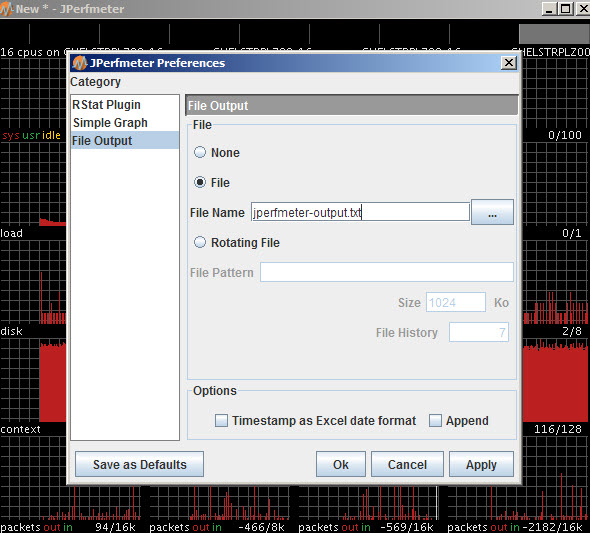
Press 5 again to display the config file one more time, then press 4 to save and quit.I've got an HP Z420 workstation that I've been playing around with, and noticed that when I was screwing around in a pretty CPU-intensive process on Linux that the fan speed never ramped up, but the heatsink got pretty toasty. If you see the fan stops spinning, press y and enter. Same for the next step, but the other way around.

Keep pressing enter until you hear (or better: see) the fan spinning up. Go with the defaults until you see: "Enter the minimum PWM value (0-255)Īt which the fan STARTS spinning (press t to test) (150):" Select a temperature that matches your CPU temp (usually the same number as the fan number, but check and double check!). Now press 5 to look at the configuration file. Let the script run until you see "Select fan output to configure, or other action:" (all default options are fine, you can basically enter you way through the script). I set the interval to 5 seconds, just to be safe, but 10 should be fine too. Pwmconfig will write a config file in /etc. Make a backup first:Ĭode: $ sudo pwmconfigOne by one, all fans will be tested for 'speedcontrol' (Pulse Width Modulation, actually). The first line of the sensors output is the chipset your motherboard uses to read the speeds/temps/voltages. If your fan speed is shown and higher than 0, skip the next step. If your output does not display an RPM for your CPU fan, and you are positive it is running, you need to increase the fan divisor.

The fan can run so slowly and quietly, because it's a large 12 cm fan made by Zalman (it's the 7000B AlCu). The CPU temp is a little high, so I need to do some tweaking of the config there. Memory size (MB): 256Notice that my CPU fan is running really slowly, only 1100 RPM.


 0 kommentar(er)
0 kommentar(er)
